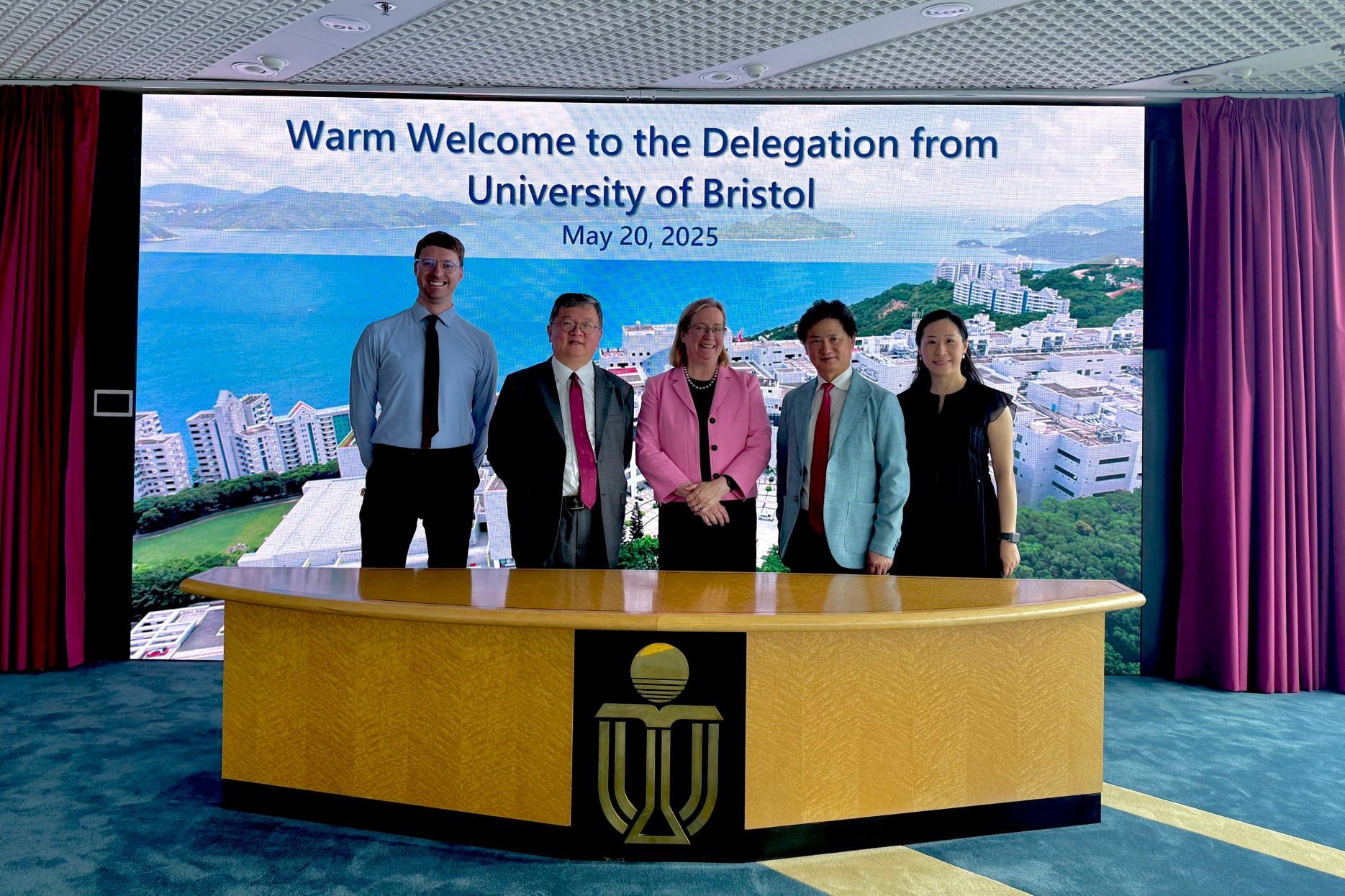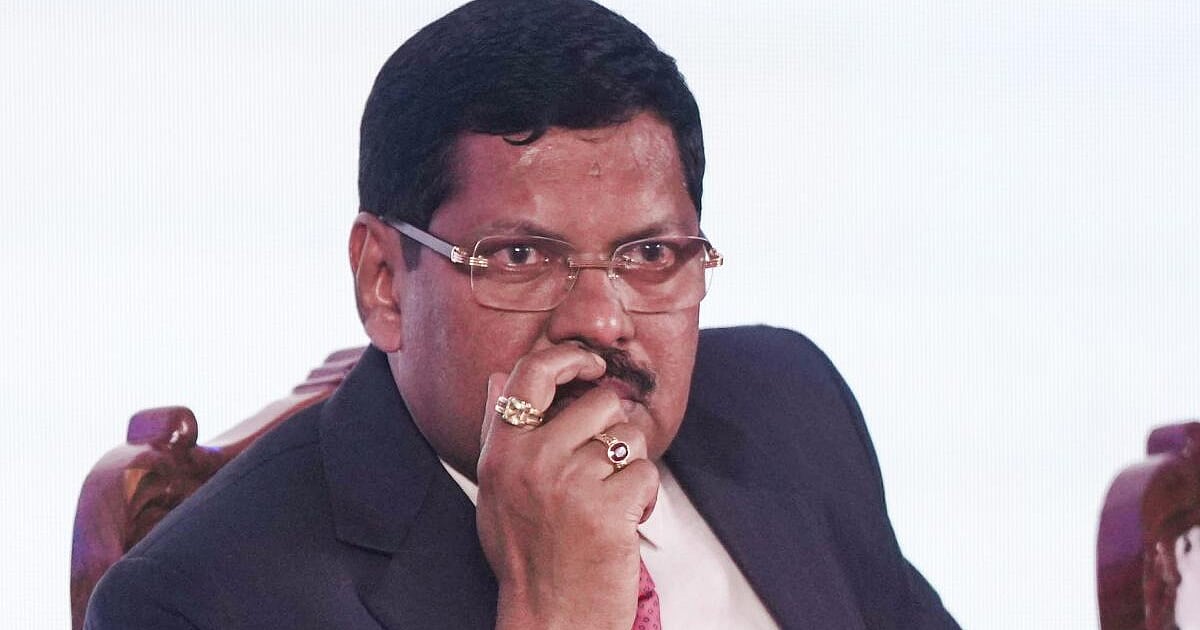Russia's Airbase Drone Attack: A Wake-Up Call for Singapore's Counter-UAS Defences

The recent and startling drone attack on a Russian airbase has sent shockwaves across the globe, highlighting the growing threat of unmanned aerial systems (UAS), commonly known as drones. This unprecedented event, which caused significant damage and raised serious security concerns, has thrust the development and deployment of counter-UAS (C-UAS) technology into the spotlight – and with good reason. It’s a stark reminder that even nations perceived as possessing robust air defences are vulnerable.
The Attack: A Clear Demonstration of Drone Warfare's Potential
The attack, reportedly carried out using multiple drones, successfully penetrated Russian air defences and struck critical infrastructure at the airbase. While details remain somewhat murky, the incident underscores the potential for drones to be used in asymmetric warfare, posing a significant challenge to traditional military capabilities. The relatively low cost and ease of access to drone technology, coupled with their ability to inflict damage and disrupt operations, make them a potent threat.
Why Singapore Needs to Pay Attention: Evolving Regional Security Landscape
For Singapore, this incident serves as a crucial wake-up call. Our strategic location and economic importance make us a potential target. The increasing proliferation of drones in the region, both for civilian and potentially malicious purposes, necessitates a robust and adaptable C-UAS strategy. While Singapore has been actively investing in defence technology, the rapid advancements in drone technology demand a constant reassessment and upgrade of our capabilities.
The Rise of Counter-UAS Technology: More Than Just Shooting Down Drones
C-UAS technology is not simply about intercepting drones with missiles or kinetic weapons. A comprehensive C-UAS strategy involves a layered approach incorporating various technologies and tactics. These include:
- Detection Systems: Advanced radar systems, acoustic sensors, and radio frequency detection capabilities to identify and track drones.
- Electronic Warfare: Jamming and spoofing technologies to disrupt drone communications and navigation systems.
- Kinetic Interceptors: Directed energy weapons (lasers and microwaves) and traditional missile systems for physically destroying drones.
- Cyber Defence: Protecting against drone hacking and data breaches.
- AI and Machine Learning: Utilizing artificial intelligence to automatically identify, classify, and respond to drone threats.
Singapore's Path Forward: Investment, Collaboration, and Innovation
Singapore must continue to prioritize investment in C-UAS research and development. This includes fostering collaboration between government agencies, research institutions, and the private sector to accelerate innovation. Furthermore, international partnerships and knowledge sharing are crucial to stay ahead of evolving drone threats. The Russian airbase attack serves as a powerful reminder that complacency is not an option. Proactive investment and a layered, adaptive C-UAS strategy are essential for safeguarding Singapore’s security and maintaining its position as a regional leader in defence technology.
The event reinforces the need for Singapore to constantly evaluate and refine its security posture in the face of this increasingly accessible and versatile technology. The future of defence is undoubtedly intertwined with the ability to effectively counter the drone threat.






